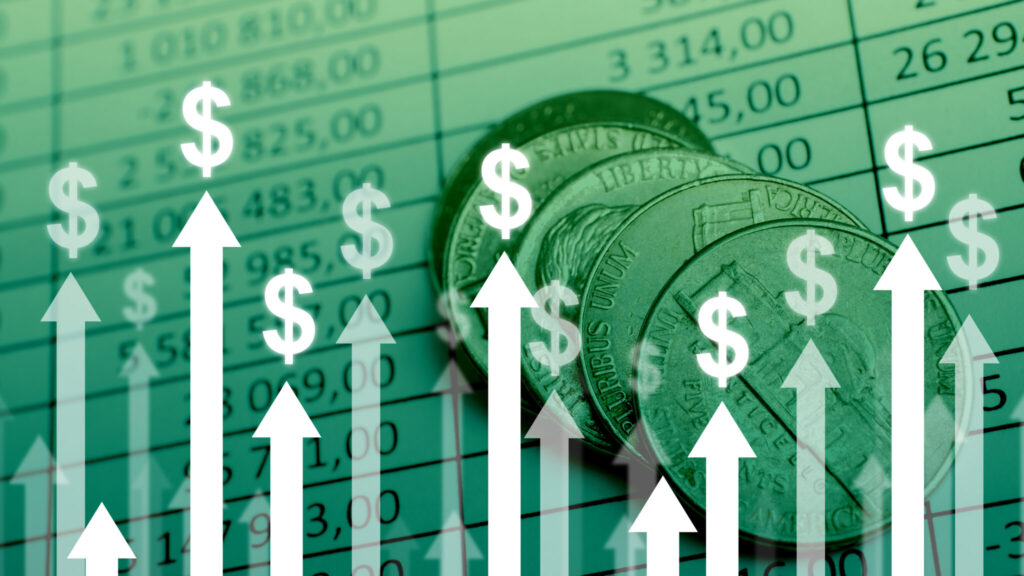The Inflation Facts of February 2023

Given this week’s unsurprising data (to us at least), we expect interest rate increases to continue with additional 0.50 or even 0.75% increase(s) because the Fed needs the economy growth to shrink by slowing or recessing and so far that has not occurred. The target inflation rate is 2% and the current inflation rate is over 3x that.
- Consumer prices re-accelerated in January.
- In the last 12 months, overall prices are up 6.4% while core prices-which excludes food and energy- are up 5.6%; both 3x the Federal Reserve’s 2.0% inflation target.
- Real average hourly earnings – the cash earnings of all workers, adjusted for inflation are down 1.8% in the past year.
- Real average weekly earnings are down 1.5% in the past year.
- CPI released last Friday showed that prices climbed at a 3.3% annual rate in the last three months of 2022, not the 1.8% rate reported four weeks ago.
- “Core” inflation previously reported as up at a relatively moderate 3.1% rate in the last three months of the year; now that’s been revised up to a 4.3% pace.
- Looking at the details of today’s report, housing rents were the main driver, rising 0.7% and accounting for nearly half of the overall increase. We expect housing rent inflation to remain high in 2023 because rents are still catching up to home prices, which skyrocketed during COVID.
- categories that declined in January were prices for airline fares (-2.1%), used vehicles (-1.9%), and medical care services (-0.7%).
- Jerome Powell mentioned at the last Fed press conference that the Fed is watching a subset category of inflation that some have dubbed the “Super Core” – which excludes food, energy, other goods, and shelter – and which has remained stubbornly high – it’s still up at a 4.9% annualized pace in the last six months.
Put it all together, Powell and the Fed have plenty of reasons to keep raising rates and keep monetary policy tight in the months to come.